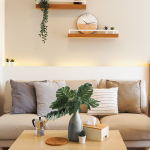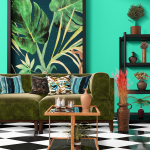Explore the intriguing world of colour psychology in interior design.
Colour is more than just a visual experience; it’s a powerful tool that can shape the way we feel, think, and live in our homes.
Welcome to the captivating world of colour psychology in interior design, where every hue tells a story and transforms our living spaces into vibrant canvases of emotion and personality.
The Power of Hues
In the world of home interior design, colours are like the magic wands that can turn a house into a home. They have the remarkable ability to influence our moods, perceptions, and behaviours.
In terms of interior decoration, whether you want to create a cozy sanctuary, an inspiring workspace, or a lively gathering place, the choice of colour plays a pivotal role in shaping your home experiences.
Understanding Colour Psychology
Colour psychology is the study of how different colours can affect our emotions, thoughts, and well-being. In modern interior design, it’s the art of harnessing this knowledge to create spaces that not only look aesthetically pleasing but also resonate with the desired feelings and energies. It’s the bridge that connects our inner world with the physical environment we inhabit.
The Emotional Connection
Colours speak a silent language and they evoke emotions without words. Red ignites passion, blue brings tranquillity, green connects us with nature, and yellow infuses happiness. We’ll explore how each colour on the spectrum can be strategically used to evoke the right emotions in different areas of your home.
The Psychology Behind Popular Colours
Adding Reds
Vibrancy: Red is a colour associated with intense emotions and energy. It grabs your attention and demands to be noticed. When used in interior design, red can add vibrancy and excitement to a room, making it feel dynamic and lively.
Stimulation: Red is also known for its ability to stimulate the senses. It can increase heart rate and energy levels, making it a good choice for areas where you want to encourage conversation and activity, like a living room or entertainment area.
Top Picks From Berger’s Colour Catalogue: REDWOOD VALLEY (1D0543), ROSE BOUQUET (1D1980)
Adding Blues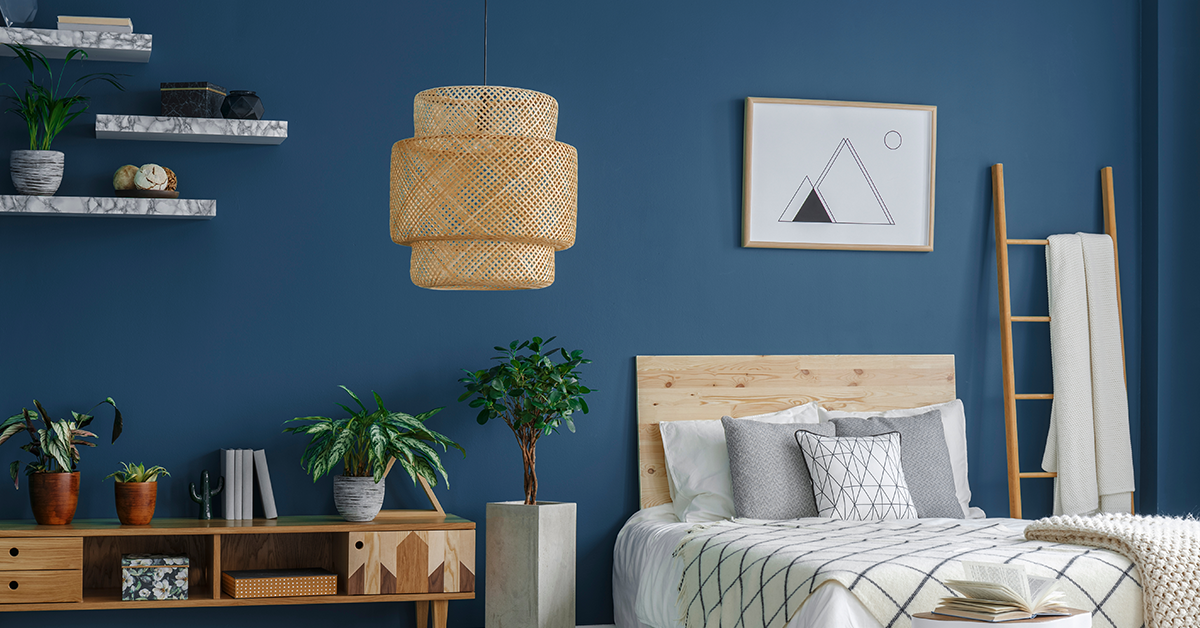
Calming Effect: Blue is often associated with the sea and the sky, making it inherently calming. It can create a sense of tranquillity and serenity, making it ideal for bedrooms, bathrooms, or any space where relaxation is essential.
Depth: Different shades of blue can evoke different emotions. Lighter blues feel airy and refreshing, while deeper blues can create a more profound sense of calm and stability.
Top Picks From Berger’s Colour Catalogue: BRISK BLUE (5T1044), CLEAR SKY (5T1076)
Adding Greens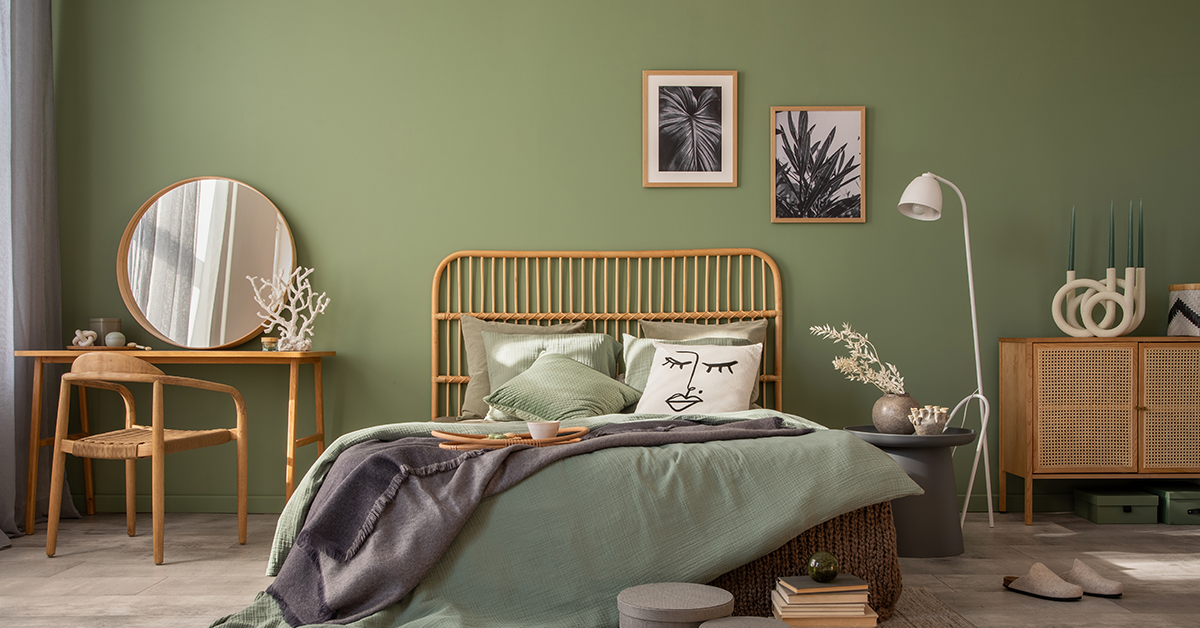
Connection with Nature: Green is the colour of nature, and it symbolises growth, renewal, and harmony. It can bring the outdoors inside, making a space feel fresh and revitalising.
Balance: Green is often associated with balance and equilibrium. It can help create a harmonious atmosphere in your home, promoting a sense of well-being and calm.
Top Picks From Berger’s Colour Catalogue: GREEN GLEAM (4T0923), EMERALD GEM (4T0965)
Adding Yellows
Happiness: Yellow is often linked to happiness, joy, and positivity. It can infuse spaces with a sunny and cheerful atmosphere, making it a great choice for kitchens, dining areas, or entryways.
Energising: Yellow is an energising colour that can uplift your spirits and increase feelings of optimism. It can be used to combat feelings of gloominess or create a sense of warmth and welcome.
Top Picks From Berger’s Colour Catalogue: TULIP FIELD (3D2078), SUNNY AT HEART (3T0773)
Creating Impactful Colour Schemes
Harmonious Colour Palettes
Importance of Cohesion: Cohesive colour schemes are essential for creating a unified and inviting atmosphere in your home. When colours harmonise, they work together to establish a sense of balance and visual continuity.
Creating Unity: Harmonising colours involve selecting a palette where the colours complement each other. This can be achieved through the use of colour wheels, analogous colour schemes, or complementary colour combinations.
Playing with Contrast
Visual Engagement: Contrast is a powerful tool for adding depth and visual interest to living spaces. It involves using colours that are significantly different from each other to create striking visual effects.
Types of Contrast: There are several types of contrast, including colour contrast (using colours on opposite sides of the colour wheel), value contrast (using light and dark shades), and saturation contrast (using intense and muted colours). Each type can be used strategically to achieve different effects.
Monochromatic Magic
Timeless Elegance: Monochromatic colour schemes consist of variations of a single colour. They exude a sense of sophistication and timelessness. Monochromatic palettes can create a serene and harmonious atmosphere.
Texture and Detail: In monochromatic designs, texture and detail play a vital role in adding depth and interest. Variations in texture, such as matte and glossy finishes or textured fabrics, can make a monochromatic room visually appealing.
Colour Psychology in Different Rooms
Living Room: Choose warm and inviting colours like earthy tones or soft neutrals to foster sociability and relaxation.
Kitchen: Enhance appetite and culinary experiences with stimulating colours like reds, oranges, or warm yellows.
Bedroom: Create a peaceful oasis with calming colours such as soft blues, greens, or soothing pastels.
Home Office: Boost productivity and concentration with calming colours like blues and greens, or add energy with bright accents.
Bathroom: Promote relaxation and rejuvenation with spa-like colours such as tranquil blues or serene greens.
Tailoring Colours to Room Size
Small Spaces: Lighter and cooler colours can make small rooms appear more spacious, while mirrors and reflective surfaces can amplify the effect.
Large Spaces: Use warm, cozy colours and strategically placed furniture to create intimacy and define separate areas within expansive rooms.
Staying On-Trend or Timeless
Current Trends: Keep up with the latest colour trends by incorporating trendy colours through accessories, textiles, or smaller furniture pieces. This allows for easy updates when trends change.
Timeless Classics: Opt for timeless colours like neutral tones such as whites, greys, and beiges and classic colour combinations such as black and white to ensure a timeless appeal that never goes out of style.
Practical Tips for Colour Selection
Lighting Considerations: Understand how natural and artificial lighting can influence the perception of colour in your space. Choose colours that work well under your specific lighting conditions.
Sampling Colours: Always test paint swatches in your own environment to account for variations in lighting and surroundings.
Balance and Contrast: Achieve visual balance by using colour to highlight focal points and create contrast where needed.
Texture and Colour: Combine textures and colours to add depth and character to your interior design. Incorporate textures through textiles, furnishings, and decor items.
By understanding and applying these principles of colour in interior design, you can create spaces that not only look visually appealing but also evoke the desired emotions and atmospheres for each room in your home.
Conclusion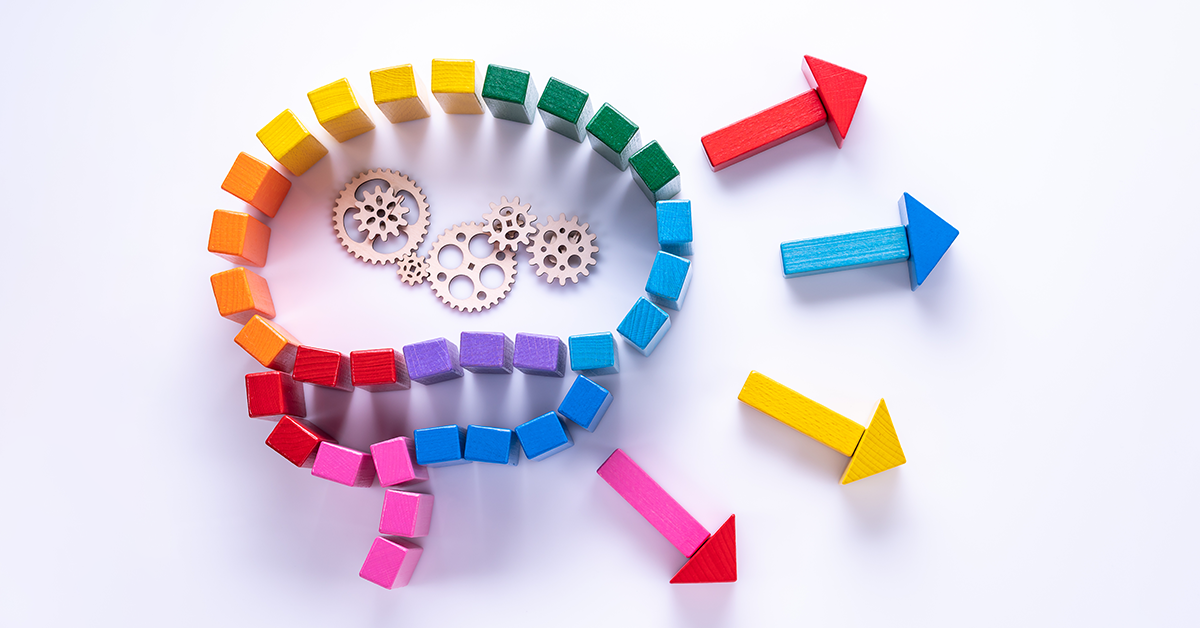
Whether you seek the vibrant energy of red or the serene tranquillity of blue, consulting experts from Berger Express Painting can help you select the perfect colours to transform your living spaces into personal sanctuaries that resonate with your emotions and aspirations.
Browse through Berger’s Colour Catalogue for tons of colour inspiration. To get in touch with the painting professionals at Berger Express Painting, SMS XP to 56767 or call us on 1800 103 6030 and get ready to experience a Faster, Cleaner, and a Safer painting experience.
You can also connect with us by clicking on the ‘Get in Touch’ button below and filling out a short form.
Looking for more wall colour inspiration? Check out our blog, “Decorating With Mood-Boosting Wall Colours.”


 Get in Touch
Get in Touch